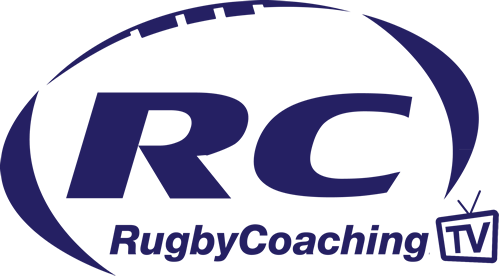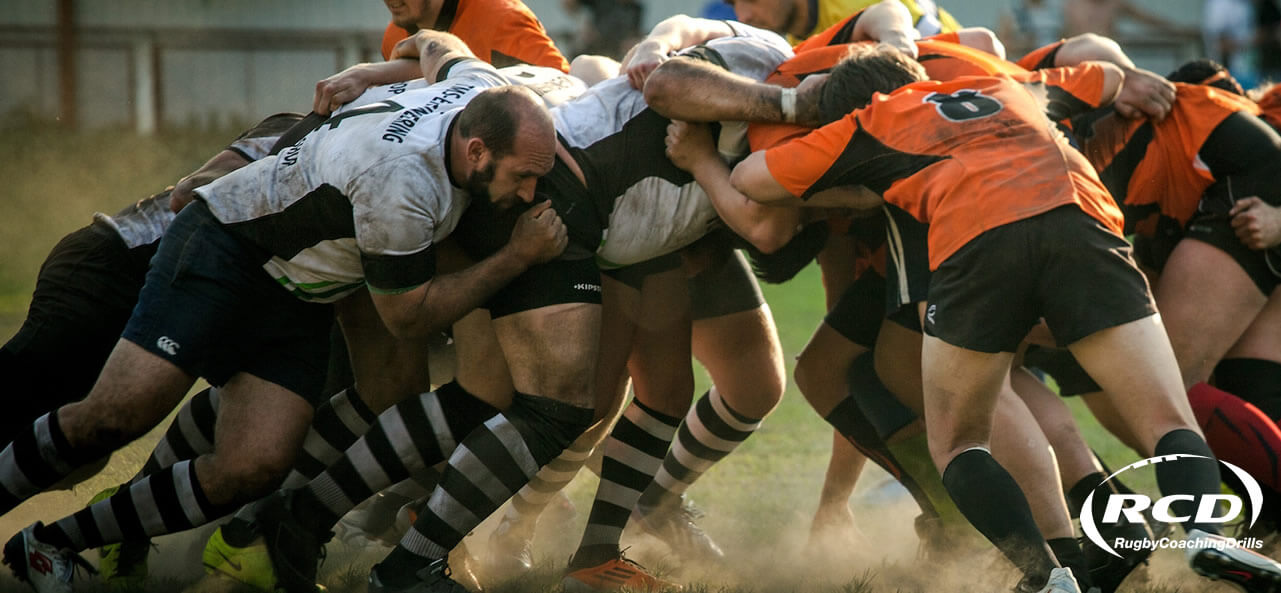
Coaching Fundamentals
The challenges that a grassroots coach faces are very different to that of an elite coach. The grassroots coach has reduced contact time, reduced coaching assistance and reduced skill level in the players. That's why getting the fundaments right is so important.
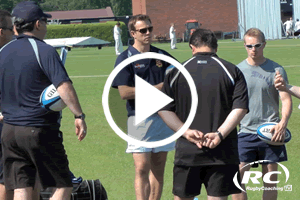
Preparation
In the development of a coaches journey the most typical part of their role is the preparation for competition. With there being on average over 20 games a season, the question to ask is how much do you do and how much do you let the players do?
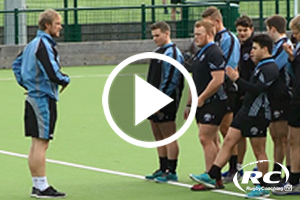
One Coach to learn from is Graham Henry that transitioned from a coach led process to a more player led environment. The term ‘MORE IS LESS’ was fundamental to his pre-match preparation. Steve Hansen also recognises that his and the coaches team role is secondary to the player's roles.
"By game day the talking is done, if your not ready to play by mid-week then don’t turn up – it's about preparation, clarity and then it's about just getting out there and doing it" - Steve Hansen
Feedback
A key mistake for coaches is ‘Concurrent Feedback’ during a game extending into actually coaching during the game with the mistaken belief that they are helping the players, when in fact they are weakening and removing some key learning from them.

In Spain for example, Coaches are actively removed from the pitchside and made to watch from afar, this makes the players far more self-reliant where they have to fix their own problems themselves.
Communication
What we say and when we say it are probably the most under-coached aspects of a coaches communication with their players. One common mistake with coaches starting off in their careers is to dump as much information as possible onto their players. We see this occur on the pitch, training field, mid-game, in emails and phone calls. It can all get too much.
This overload is a byprodcut of the traditional grassroots coaching set up. Which only takes place twice a week for about 4 hours in total, not a lot really when you consider how much needs to be communicated and coached to the team and individuals. Hence the perceived need by coaches to impart as much information as possible whenever they get the chance. It's important that you encourage communiaction between your players so that the knowledge is shared, therefore you don't have to talk at them all session!
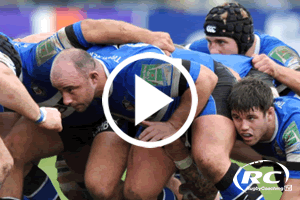
How Leadership Groups Help
To assist the development of good decisions within the competitive environment, leadership groups work by harnessing the collective knowledge and experience of several players. This often encourages more communication between players and takes the ownership off you in spreading knowledge.
Key Lessons To Take Away
- Do not coach within competition - and build good repore
- Create a player led environment
- Leadership groups work to share knowledge
Try not to fall into the trap of being the centre of the process and put the players there, learning and development will follow.

